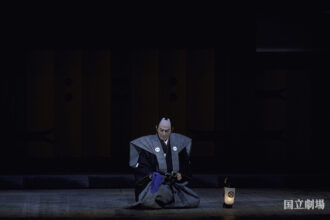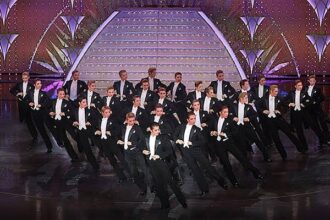What Is A Samurai?
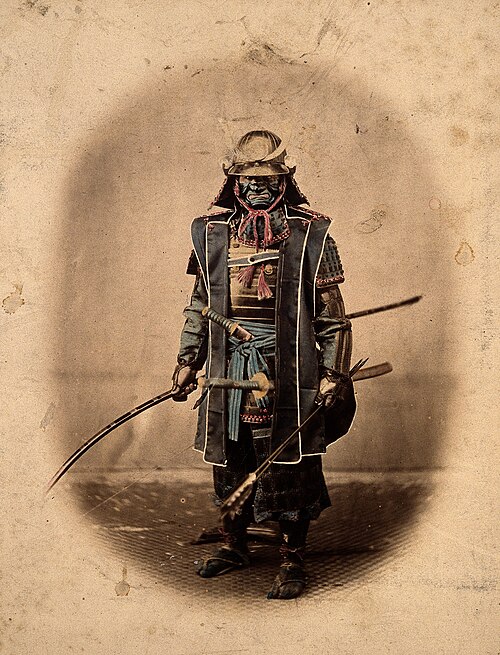
Definition of Samurai
Members of the Japanese warrior class were known as samurai (侍) or bushi (武士). The term “samurai” has different meanings in different eras. Overall, though, they were known as excellent warriors, who served a noble family (usually a shogun) or worked by themselves. They were in charge of helping the nobles with their everyday tasks, as well as protecting them, arresting criminals, and dealing with civil wars. They sometimes owned land.
Brief History of Samurai
Although it is debatable when the samurai became a class of their own, they were originally warriors from the provinces who served the Kuge and imperial court in the late 12th century. These warriors gained significant political influence. Eventually, during the Meiji era in the late 1870s, they became outlawed and their power was dismantled.
Notable Examples of Samurai
Miyamoto Musashi
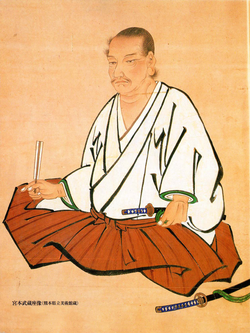
Swordsman, strategist, artist, and author Miyamoto Musashi (c. 1584 – 13 June 1645) rose to fame thanks to tales of his exceptional double-bladed sword skills and perfect record in his 62 duels. He is regarded as a kensei, or sword saint.
Toyotomi Hideyoshi
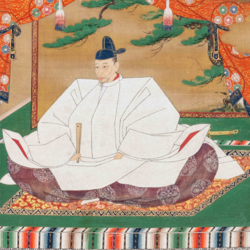
Known as the second “Great Unifier” of Japan, Toyotomi Hideyoshi was a Japanese samurai and daimyō (feudal lord) from the late Sengoku and Azuchi-Momoyama periods who lived from 27 March 1537 to 18 September 1598. Despite his humble origins, he rose to become Kampaku (関白, Imperial Regent) and Daijō-daijin (太政大臣, Chancellor of the Realm), the highest official position and title in the nobility class, due to his immense power. He was the first non-noble person in history to become a Kampaku.
Minamoto No Yoshitsune
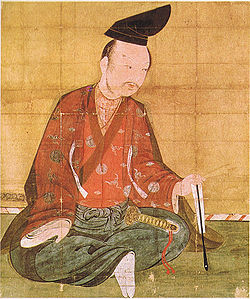
During the late Heian and early Kamakura periods, Minamoto no Yoshitsune (c. 1159 – June 15, 1189) served as a commander of the Minamoto clan in Japan. In order to help his half-brother Yoritomo consolidate power during the Genpei War, he led a string of battles that overthrew the Ise-Heishi branch of the Taira clan. He is regarded as one of the most renowned samurai in Japanese history as well as one of the best and most well-liked fighters of his time. Known as a tragic hero, Yoshitsune died after being deceived by the son of a trusted ally.
Japanese History of Gay Samurai
A lot of samurai engaged in male-male relationships, including sex. Seeing how today’s Japanese society is not so open or knowledgeable about LGBTQ+ relationships, why was this phenomenon so common?
Read our articles about LGBTQ+ rights in Japan today!
A Sex-Positive Religion
The main religion in Japan at the time (and still today) was Shinto. Shinto does not particularly provide a code of morals, and is rather sex-positive (on most accounts), as much for the renewal of generations as for personal enjoyment. Therefore, this religion in its foundation does not condemn homosexual practices (but neither pederasty). The arrival of Confucianism, Buddhism, and, to a lesser extent, Christianity, later changed the societal values of Japan brought on by Shinto.
The Idealized Wakashudo Custom

Wakashudo is the traditional practice of having an older mentor and a younger apprentice (about 13-19) forming a bond that often involves “consensual” homosexual sex, which lasts until the apprentice becomes an adult around twenty years old. It was a commonly accepted thing in pre-Meiji era Japan, It was particularly popular with samurai and monks (nanshoku), who did not often see women. Nowadays, this practice would be considered illegal due to pederasty.
Kabuki Female Roles and Prostitution
Back in the Meiji era, it was common for kabuki (traditional theater) actors to also be prostitutes to make ends meet. Onnagata (male actors playing female roles) were particularly attractive to patrons. Those would be either men or women. Adolescent actors would often be part of this practice and would be in particularly high demand due to their androgynous looks.
If you want to learn more about kabuki, read our article!
Notable Gay Samurai in Japan
Oda Nobunaga
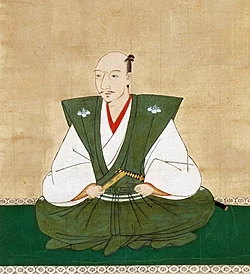
Revered samurai Oda Nobunaga was bisexual, and, due to his handsome looks, was a prized partner. According to the 2023 film Kubi, he had several close relationships with his vassals and top warriors, whom he manipulated for their loyalty.
Ashikaga Yoshimochi
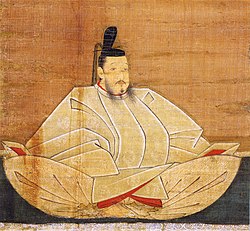
A lot of rulers during the Ashikaga shogunate partook in homosexual relationships, including the famed Ashikaga Yoshimochi. He was in love with young samurai Akamatsu Mochisada, to whom he gave three provinces for no other real reason than his love for him.
Takeda Shingen
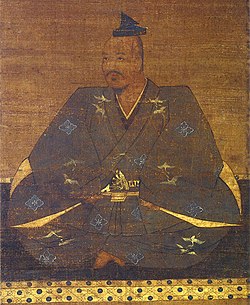
Takeda Shingen, known as “the Tiger of Kai”, was a very powerful daimyo. He supposedly had a relationship with a young retainer at the time. He pledged a committed relationship with this retainer, promising not to engage in sexual relationships with his other retainer.
Tokugawa Ieyasu
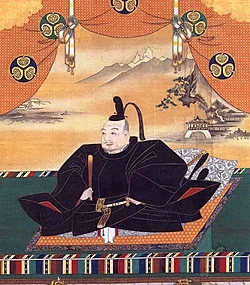
Tokugawa Ieyasu was an alleged bisexual, who got into a relationship with his retainer. Other than that, he was the founder and first shogun of the Tokugawa shogunate and one of the three “Great Unifiers of Japan”.
Miyamoto Musashi

The aforementioned Miyamoto Musashi was indeed bisexual, or even homosexual. Indeed, writings about his life highlight his attachment to his sword rather than the intention of women, which could be interpreted as his homosexuality. With that being said, it has been confirmed that he was in a sexual relationship with several men.
Modern Day “Gay Samurai” Content
Gay Samurai Movies
Taboo (aka Gohatto)
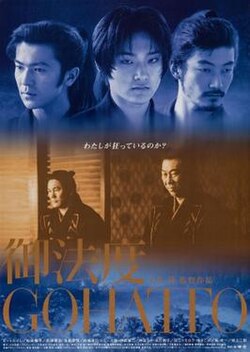
This 1999 film by Nagisa Ōshima focuses on homosexuality in the Shinsengumi (an elite samurai group led by Kondō Isami) during the bakumatsu period, the end of the samurai era in the mid-19th century. The main characters, Kanō Sōzaburō (Ryuhei Matsuda) is a handsome effeminate young man, and the object of all desires of some other students and superiors.
Kubi

This 2023 film by Takeshi Kitano describes the events from the Siege of Arioka Castle in 1579 to the Honno-ji Incident and the aftermath of the Battle of Yamazaki in 1582. It also supposes that Oda Nobunaga kept a grip on his generals through sexual relationships. A great watch for LGBTQ+ history buffs.
Gay Samurai Anime
Although there aren’t any anime out there whose prime focus is on samurai love, here are a few examples of anime that could satisfy your gay samurai fantasies.
Touken Ranbu: Hanamaru
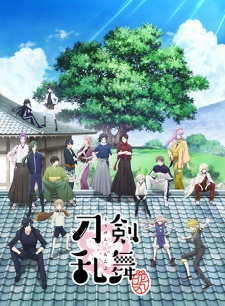
In 2205, the guardians of history, the Saniwa, are tasked with thwarting a gang of villains who seek to alter history to suit their own agenda. The Saniwa are similar to the samurai in their role, values, and outfits. The show hints at a possible romance beyond the brotherhood between the two main characters, including one who is very effeminate.
Shudo
This 2015 short film by To-Anh Bach, Charles Badiller, and Hugo Weiss from the Gobelins school of filmmaking in Paris shows two samurai fighting and ending up as lovers.
Gay Samurai Manga
Danshoku Daikan -Samurai Edition-
In 1687, Ihara Saikaku published a book called “The Great Mirror of Male Love”, which is a collection of 40 stories about homosexual love between samurai and boys, and kabuki actor-prostitutes and their clients. This classic piece of literature was reimagined as a manga for modern audiences. In Japanese only.
Want to Know Other Japanese Culture Related to LGBTQ+?
Kabuki: What Is It and Where to See It
Kabuki is a traditional theater form where all roles are played by men. The onnagata are the actors who play female roles. Its history dates back to the early 17th century, when all roles were originally played by women, until that changed 1629 when women were banned from performing.
You can see kabuki shows in traditional theaters all over the country, but the most famous ones are the Kabukiza Theatre (Ginza, Tokyo), Shinbashi Enbujo Theatre (Ginza, Tokyo), Minamiza Theatre (Kyoto), and Osaka Shochikuza Theatre (Dotonbori, Osaka).
If you want to learn more about kabuki, read our article!
Takarazuka: What Is It and Where to See It
Takarazuka is a more modern theater form where all roles are played by women. The male roles are the otokoyaku. The Takazuka Revue had its first show in 1914 and has been performing ever since.
Although the different troupes of Takarazuka Revue perform all over stages in Japan, the most popular places to see them are the Takarazuka Grand Theater (Takarazuka, Hyogo) and the Tokyo Takarazuka Theater (Yurakucho, Tokyo).
If you want to learn more about Takarazuka, check out our article!
Conclusion
No matter what the modern Japanese culture about LGBTQ+ (or lack thereof) might make you think, there is a deep-seated tradition of homosexual love in Japan. It manifested itself in different ways, from young kabuki actors’ prostitution to the highly-respected wakashudo tradition that many a famous samurai took part in.
This often forgotten piece of history deserves to be revived more in modern anime, movies and manga. Had you heard about gay samurai before?


